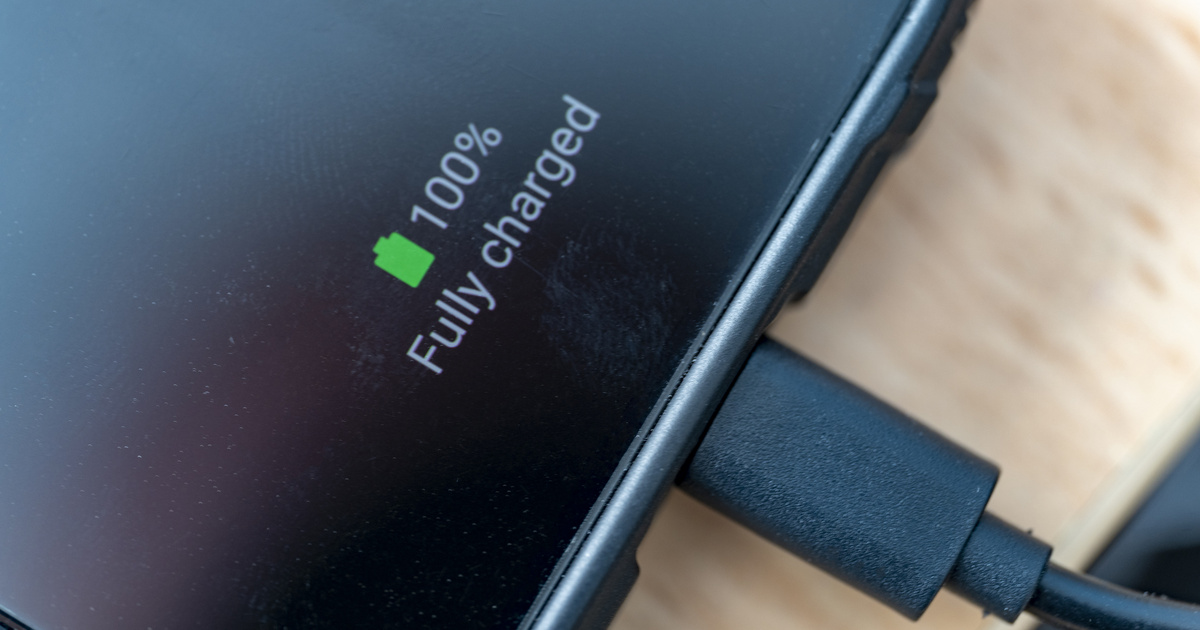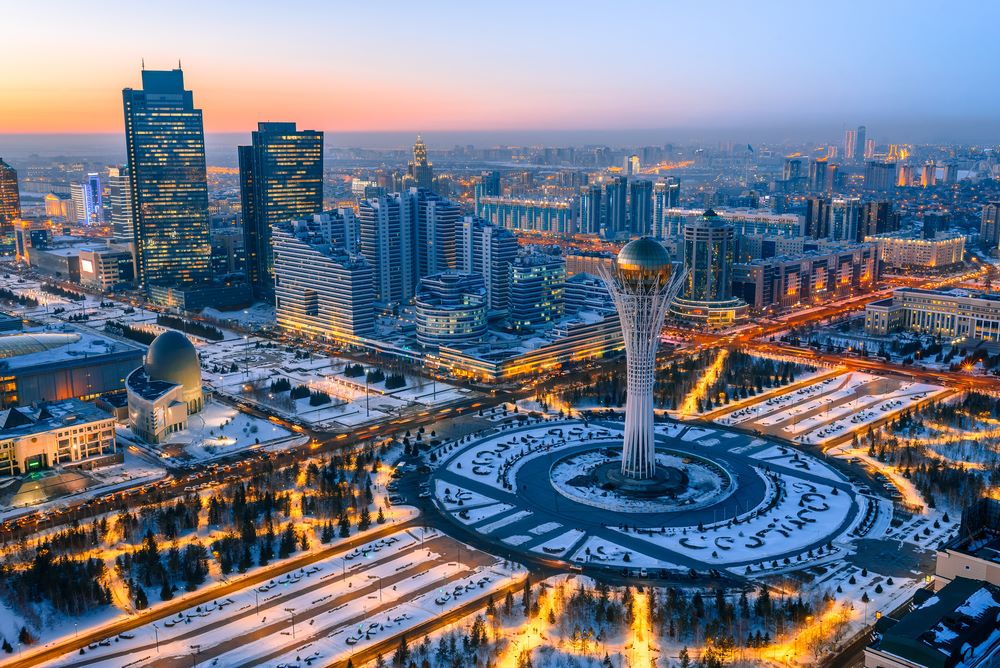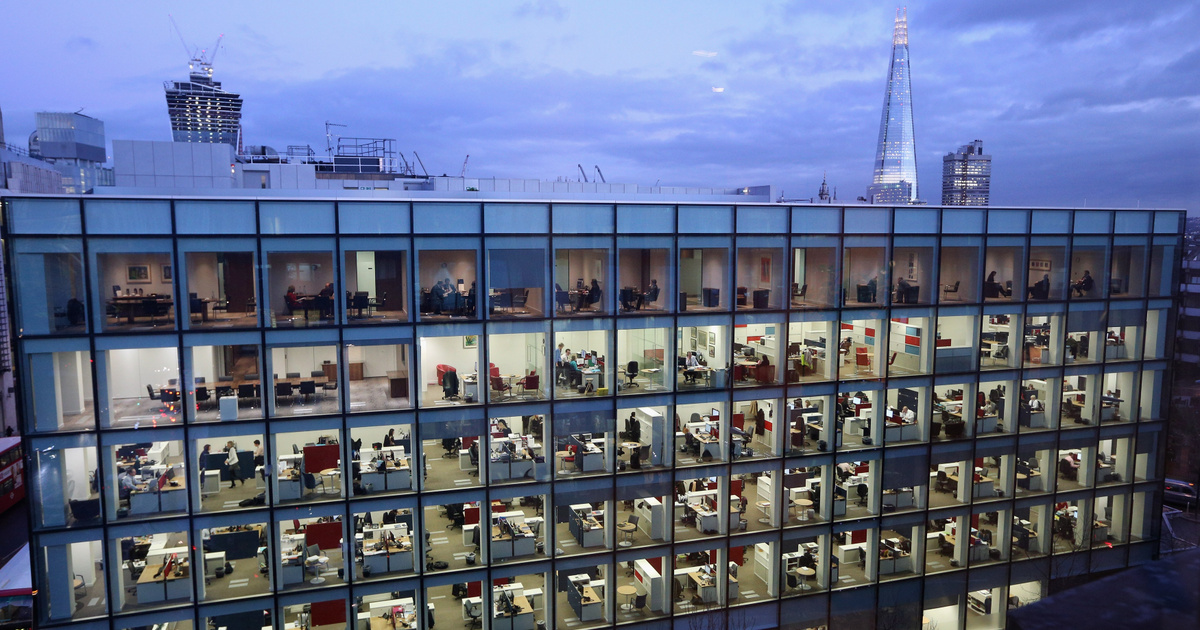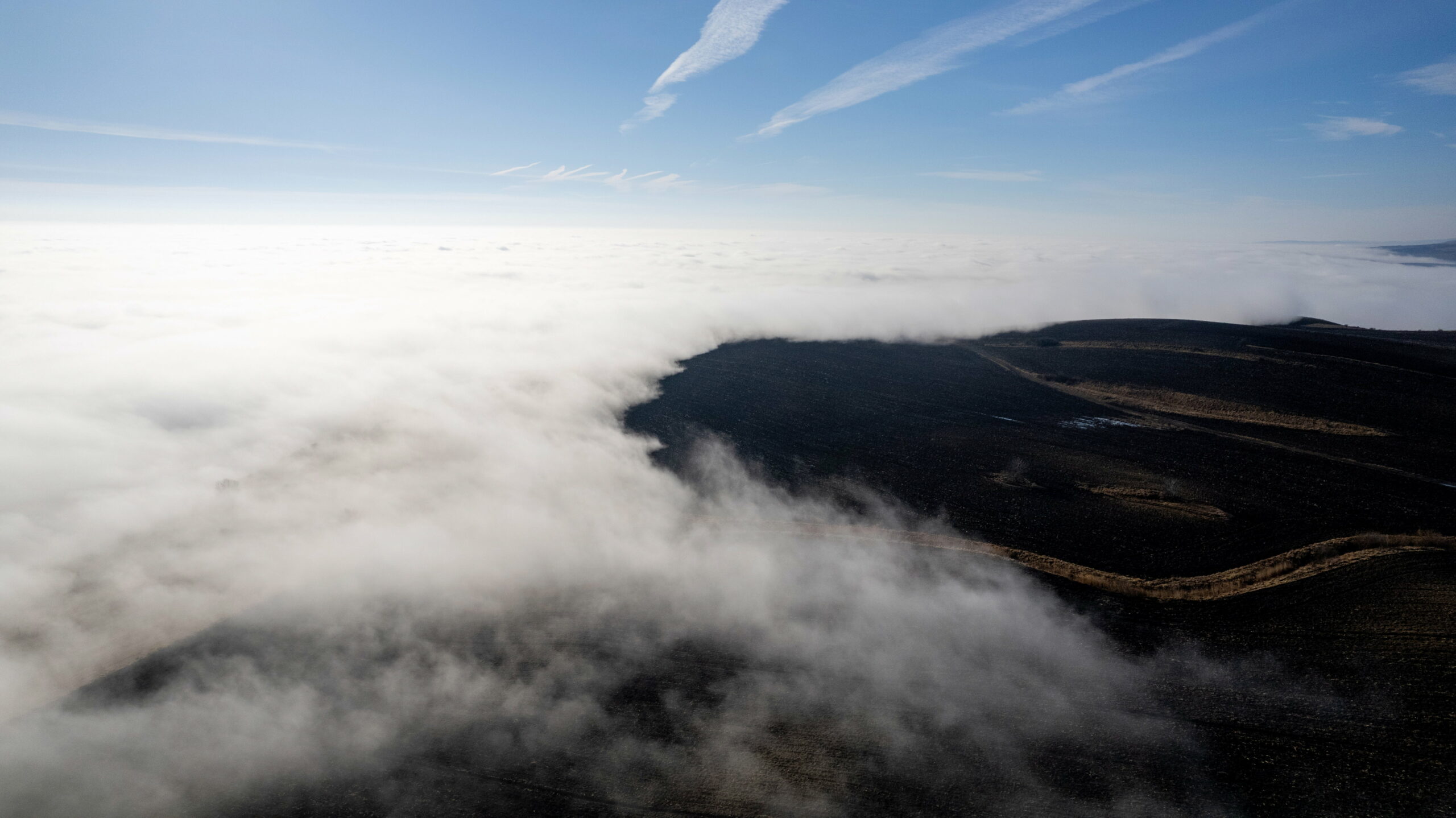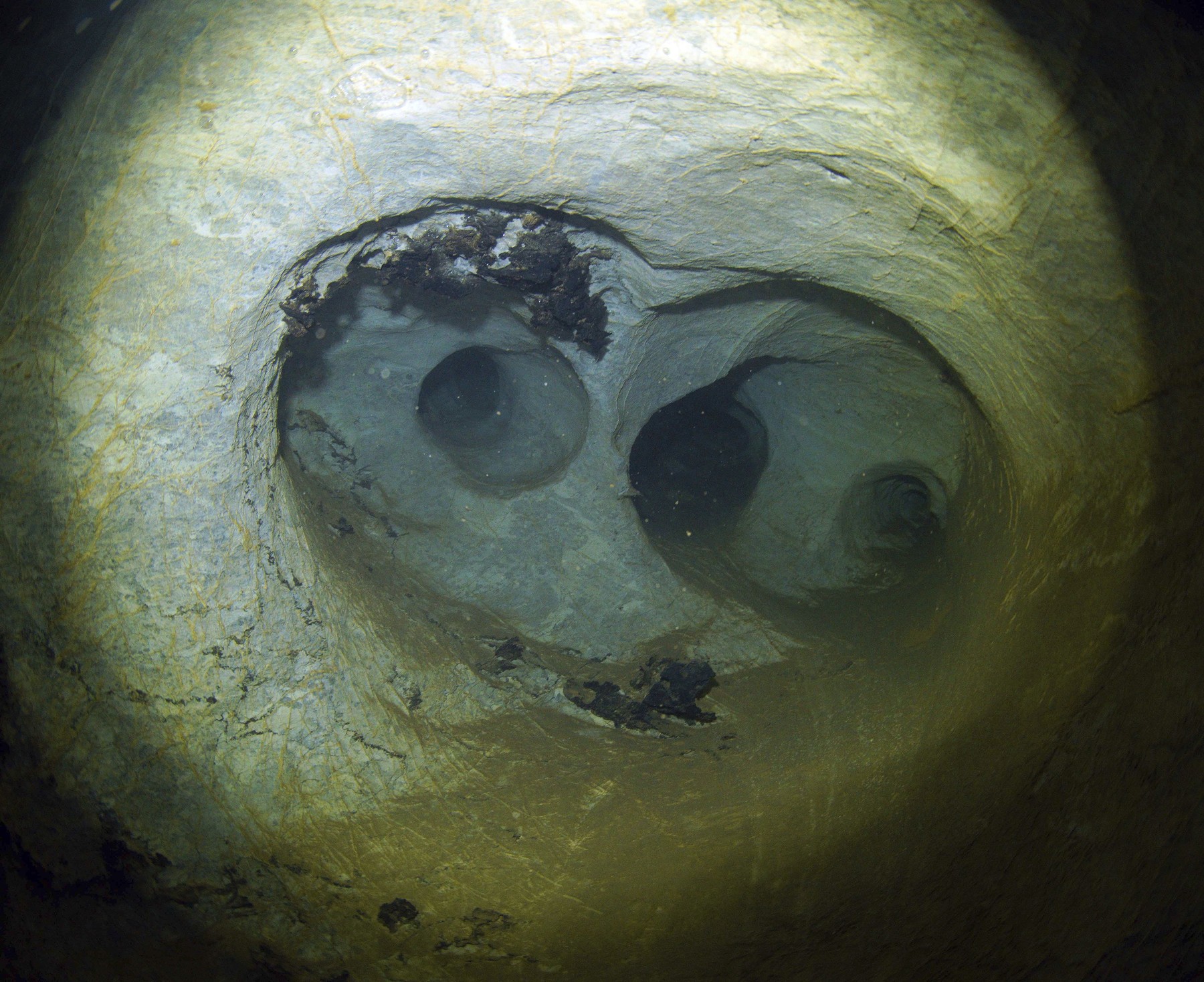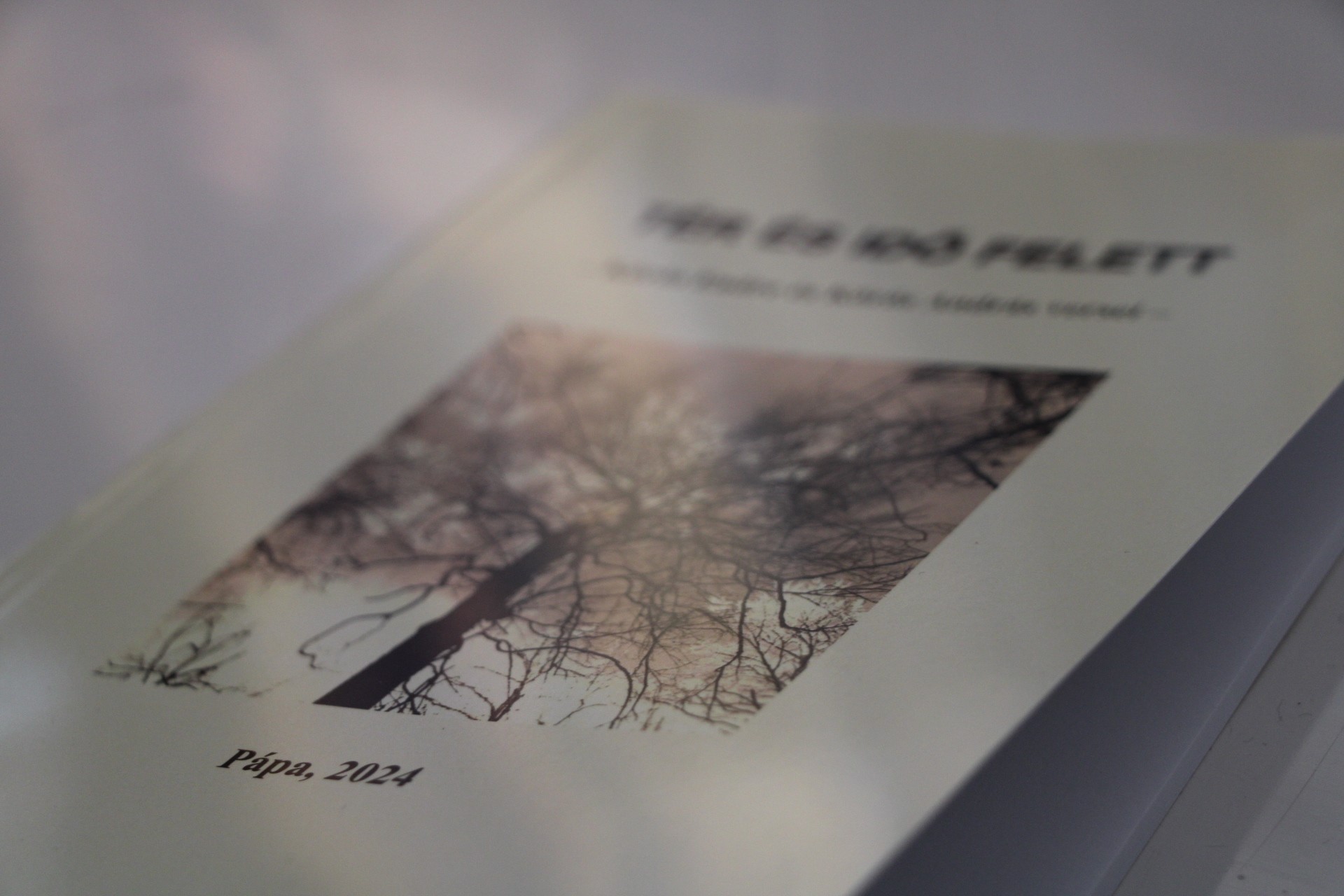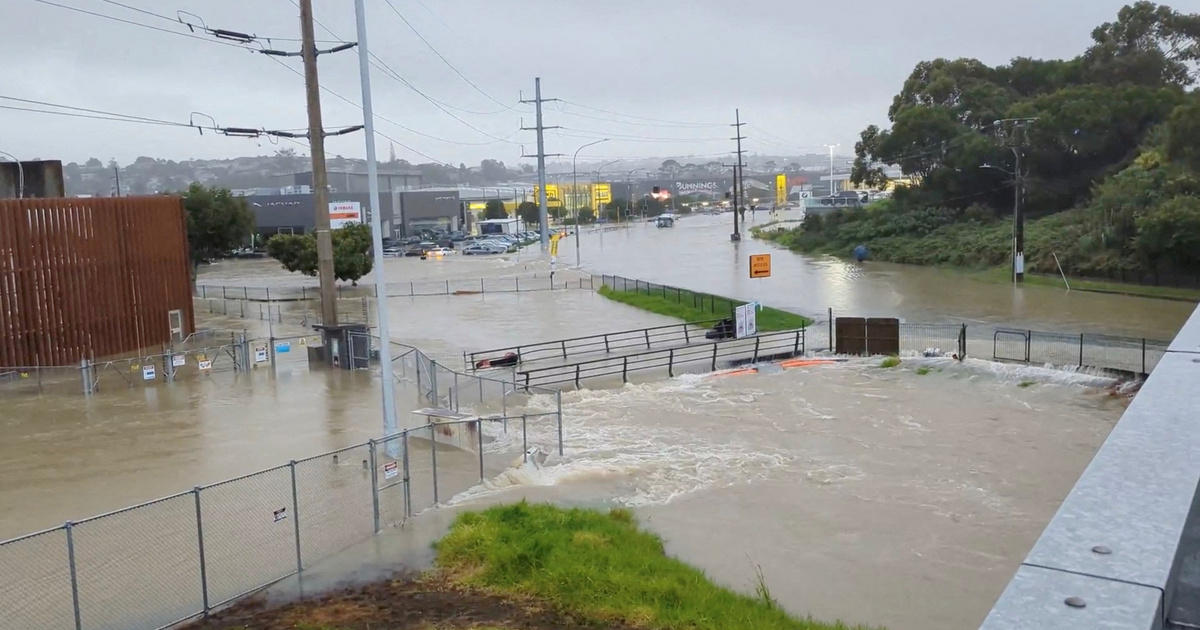January was the wettest month in the Auckland region in 170 years. In some areas, as much rain fell in one day in late January as it usually does throughout the summer. Meanwhile, a new tropical cyclone has appeared in the Coral Sea, which may reach New Zealand’s North Island this week.
Tropical Cyclone Gabriel formed in the Coral Sea as the third named storm of this year’s hurricane season in the Australian region.
The local forecast rated it severe as a Class III near Norfolk Island,
before moving to New Zealand. The cyclone may bring more heavy rain to parts of New Zealand’s North Island, particularly around Auckland, which has recently seen record rainfall.
On Wednesday morning Hungarian time, the center of the tropical cyclone was located 305 kilometers east of Willis Island and about 690 kilometers northeast of Mackay (Queensland, Australia). The average wind speed measured over a 10-minute unit of time at that time was 75 kilometers per hour, gusts were 100 kilometers per hour, and sustained winds for one minute were 85 kilometers per hour, he writes. observers.
The measured value of the minimum central air pressure was 990 hectopascals, and the hurricane was moving in a southwesterly direction at a speed of 13 kilometers per hour. Gabrielle is expected to continue moving southwest over the sea before turning to the southeast again on Thursday, and is likely to head towards New Zealand. It will continue on this path until it approaches Northland late Sunday night.
Although it will lose its tropical characteristics by the time it approaches the Upper North Island, it is still expected to have severe impacts.
– said Mmathapelo Makgabutlane, a meteorologist with New Zealand’s MetService, who added that heavy rains and gusty winds are expected, so locals are not advised to stay near or near the shore.
There is still a great deal of uncertainty surrounding the exact path of Tropical Cyclone Gabriel towards New Zealand, and the development of expected natural disasters will be determined by the events of the coming days. “Small changes in weather conditions may affect the path and speed of Tropical Cyclone Gabriel, and the latter may dictate the intensity and location of expected impacts,” the meteorologist added.
There were four deaths from the floods
Life around Auckland is currently not safe after the area has been hit by heavy rains and heavy flooding. In and around New Zealand City on the North Island
January was the wettest month in the past 170 years.
Flood focused public attention on nature-based alternatives to traditional rainwater systems.
The floods caused great destruction, four people died at the end of January, as a state of emergency was declared in the region.
There was an area where it rained in one day as much as it usually does all summer.
the observers According to the information, the meteorological station near Auckland Airport recorded 245 mm of rain on January 27, exceeding the previous record of 161.8 mm by more than 50 percent. On the same day, Albert Park in Auckland dumped 280mm of rain in 24 hours and 211mm in less than six hours.
Overall, more than 45 percent of the annual precipitation fell in just one month in central Auckland, where the annual average is 1,190 mm. This is more than 8.5 times the January average and more than 2.5 times that of the entire summer.
Hundreds of people had to leave their homes as a result of the floods, and dozens of homes collapsed or were seriously damaged. Flights were canceled after Auckland International Airport was flooded, forcing the facility to close, leaving thousands stranded outside.
nature-based alternatives
The Auckland floods have focused public attention on nature-based alternatives to traditional stormwater systems. Much of the network is aging and service providers are under increasing pressure due to ongoing urbanization and increasing rainfall intensity. Nature-based solutions, such as infiltration ponds, ponds, and wetlands, have been proposed to complement pipe-based flood control systems. However, these alone will not be enough. In addition, low-risk infrastructure that diverts and stores water more efficiently needs to be explored, managed retreats need to be introduced in high-risk areas, and ongoing maintenance and upgrading of existing drainage networks is required.
(Cover photo: Heavy rain caused flooding in Auckland on January 27, 2023. Photo: Monte Cristo NZ/Reuters)





